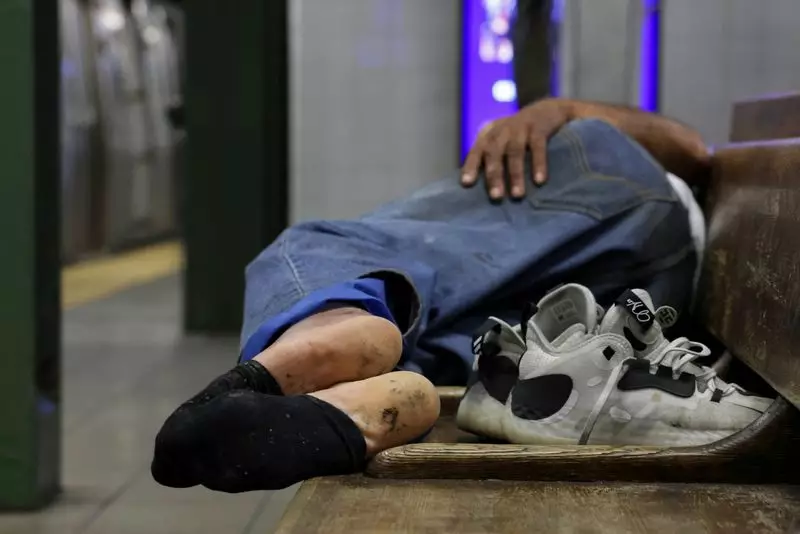In a significant move aimed at revitalizing economically distressed areas, outgoing U.S. President Joe Biden is set to sign an executive order that emphasizes targeted government support for what are termed “Left-Behind Communities.” This initiative comes just one day before Biden leaves office and reflects a commitment to address the deep-rooted socioeconomic challenges many American localities face. The implications of this order are profound, as it lays a framework for coordinating resources and investments that aim to effect real change in these underserved regions.
Economic distress manifests in various forms, including high poverty rates, low educational attainment, and declining industrial activity. According to estimates, around 50 million Americans reside in communities categorized as distressed, representing nearly 15% of the U.S. population. Such demographics highlight the urgent need for comprehensive intervention strategies. Born out of necessity, this order seeks to boost local economies that have long been overlooked, functioning as a lifeline for towns grappling with unemployment and other systemic inequities.
Biden’s administration has pointed to a series of investments aimed at these areas, such as the $54 billion allocated to Energy Communities reliant on coal and natural resources. Various initiatives also encompass funding for job training and a major push to establish tech hubs that can create diverse job opportunities. Identifying the particular needs of communities and crafting targeted solutions is crucial to their integration into the broader national economy.
The proposed executive order represents a decisive step toward a coordinated federal approach aimed at addressing economic disparity. Dubbed the “whole-of-government” strategy, it encourages collaboration across federal, state, and local entities, thereby maximizing resource identification and utilization. By establishing a “No Wrong Door” policy, the order ensures that federal employees engaged with communities in crisis have access to comprehensive resources, thereby streamlining support for those in need.
Additionally, the framework calls for a focused effort on communities recovering from natural disasters, recognizing that these traumatic events further exacerbate existing economic vulnerabilities. By prioritizing distressed areas for funding, the order addresses the multifaceted nature of economic development, encompassing infrastructure improvements, education, and industry diversification.
Looking Ahead: Bridges to Future Opportunities
This executive order is not merely a stopgap measure; it represents a commitment to safeguarding the interests of marginalized communities well into the future. Lael Brainard, a key economic adviser in the Biden administration, describes this initiative as the culmination of valuable lessons learned during previous economic recovery efforts. The aim is not just to alleviate current suffering but to provide a sustainable pathway to long-term growth.
The transition from Biden’s administration to that of incoming President Donald Trump offers an intriguing dynamic. While Trump has announced plans to enhance infrastructure spending and reduce regulations to stimulate economic growth, Biden’s executive order will serve as a point of reference as the new administration crafts its policies. The potential for collaboration exists, particularly as both administrations recognize the need for a robust economic landscape that includes the voices of historically marginalized communities.
Biden’s executive order is more than a final act of his presidency; it is a statement of values regarding economic equity. The initiative prioritizes communities that have often been left out of the economic narrative, symbolizing a shift towards inclusive development. As the nation moves forward, this effort will be crucial in forging connections between localities and the broader economic framework, allowing for mutual growth and renewal. The path laid out through this order is one ripe with potential, and the forthcoming months will reveal whether these efforts truly bear fruit in transforming the lives of millions of Americans. By prioritizing left-behind communities, the government takes a bold step towards addressing decades of economic inequity and setting the stage for a more equitable future.

